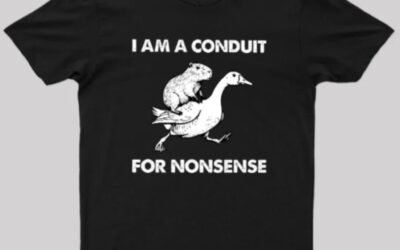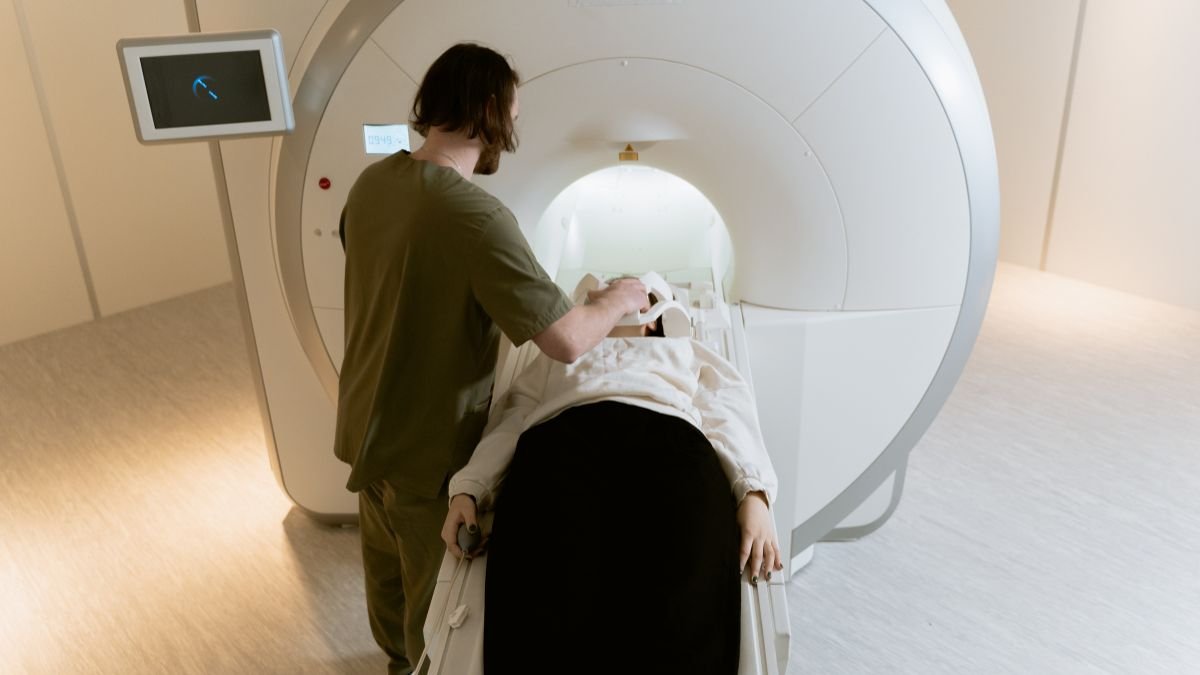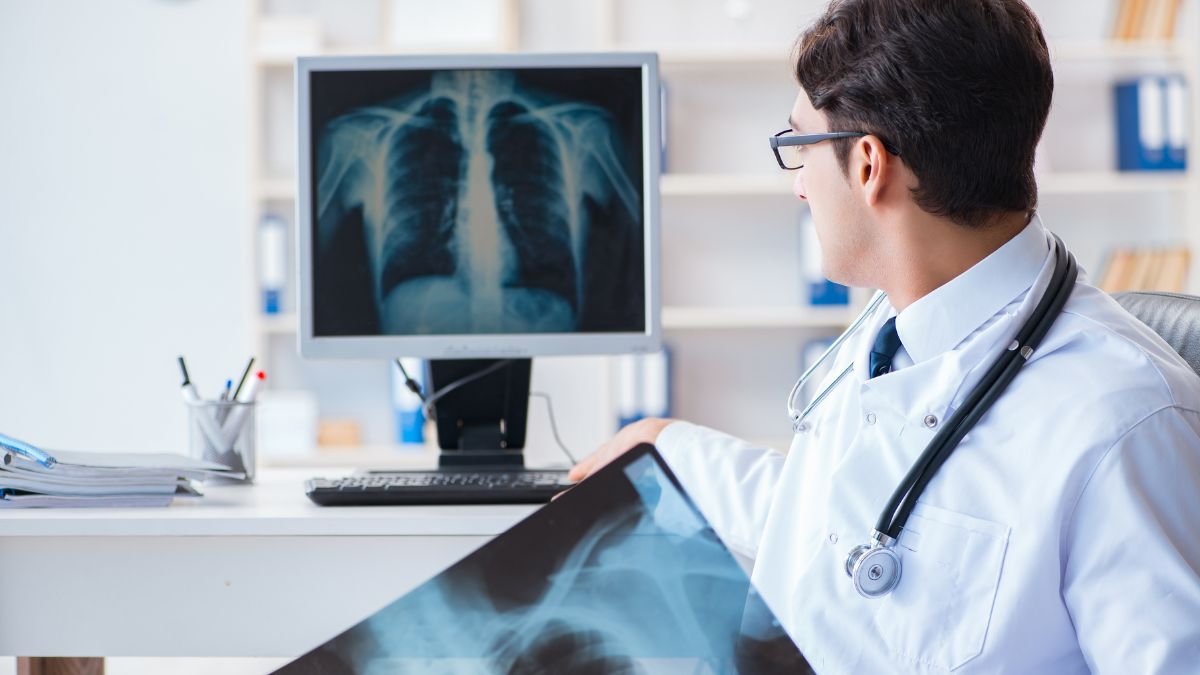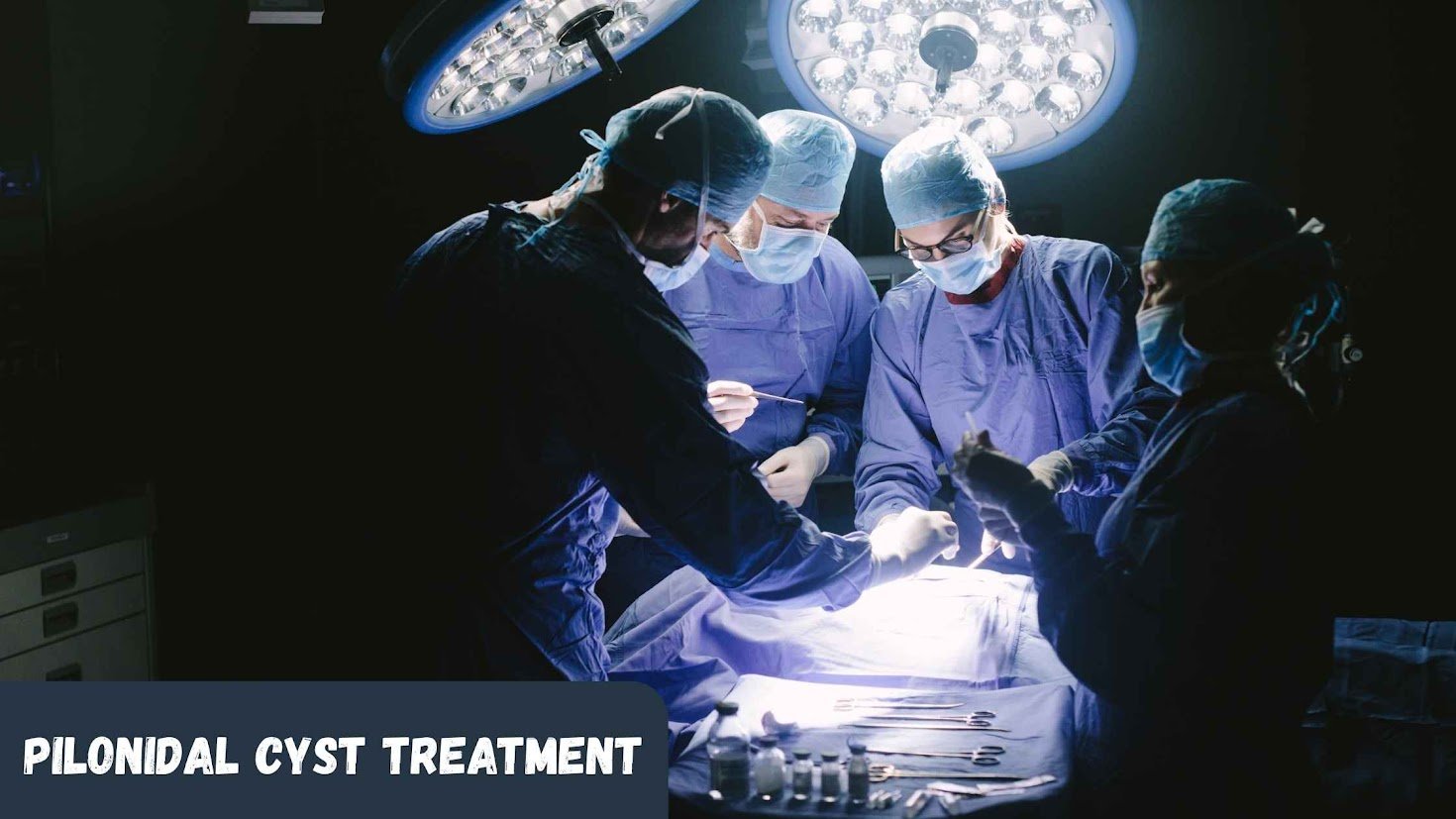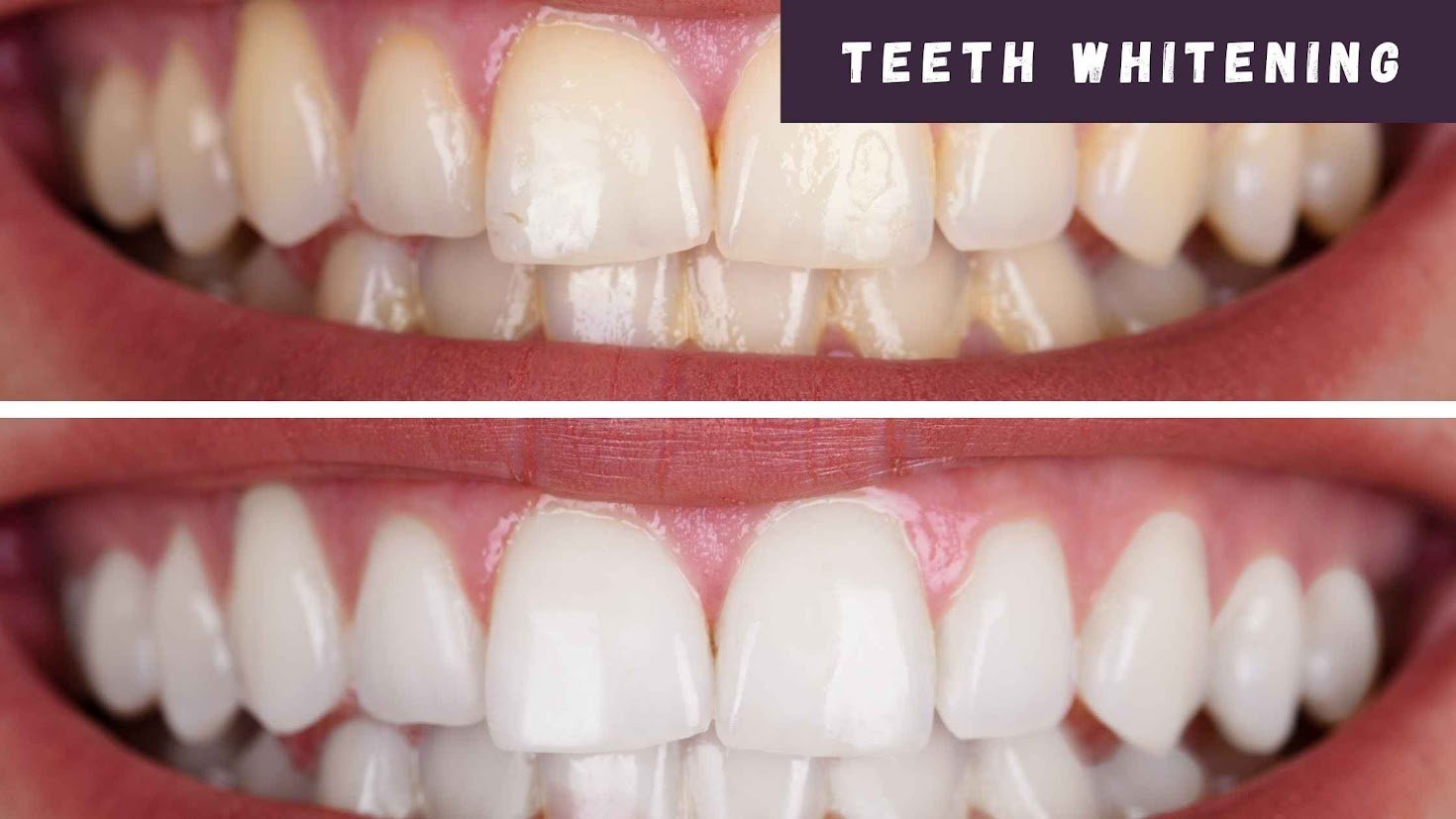How Can I Reduce the Risk of Pilonidal Cyst Recurrence?

“This post gives you useful advice on how to lower the chances of getting a pilonidal cyst again. It has advice on how to stay clean, change your habits, and get help from a trusted pilonidal cyst doctor.”
Understanding Recurrence: Why It Happens
At Pilonidal Expert, we know how frustrating it is to deal with recurring cysts. Even after treatment the fear of another flare up can be stressful. That is why working with a pilonidal cyst doctor who understands long term care not just immediate relief is essential.
Recurrence happens when hair, bacteria, and dead skin cells trap inside the cleft of the buttocks. Even after initial healing, new debris or inflammation can restart the cycle.
Choose the Right Treatment from the Start
Reducing recurrence starts with proper recovery after surgery to remove a pilonidal cyst. Quick drainage can help during infection, but for lasting relief, some patients need surgery to remove pilonidal cyst tissue entirely.
Our team works with you to choose the best surgical or non-surgical approach based on your case history. A thorough procedure, followed by attentive aftercare, can dramatically lower your chance of dealing with another painful episode.
Maintain Good Hygiene Daily
This might sound basic but it is crucial. Clean the area between the buttocks thoroughly with a gentle non irritating soap every day. Rinse and dry completely moisture buildup invites bacteria.
You do not need harsh scrubbing just consistency. A warm shower followed by soft towel drying can make a big difference in keeping the area healthy and clean.
Remove Excess Hair Safely
Hair in the lower back and tailbone area is one of the top culprits for recurrence.
We often recommend regular hair removal with gentle methods like trimming or laser hair removal (depending on your skin sensitivity). Avoid razors directly on healing skin, as cuts or irritation can worsen the issue.
Talk to your doctor for pilonidal cyst before starting any hair removal method. We’ll help you select the safest one for your condition.
Wear Breathable Clothing
Tight clothing and non breathable fabrics can trap sweat and increase friction which irritates the area. That irritation can lead to reopening of the cyst or formation of new ones.
Choose breathable cotton underwear and avoid prolonged sitting in tight pants. This small change can go a long way toward keeping your skin cool and clean.
Maintain a Healthy Weight
Extra weight can deepen the cleft at the base of the spine, increasing friction and sweating two major triggers for recurrence.
Even moderate weight loss can help reduce this friction. We don’t expect drastic changes overnight. Our role is to guide and support you in small, sustainable steps that protect your healing process.
Keep Moving But With Care
Exercise boosts circulation and supports your immune system, both of which promote healing. But if you’ve recently undergone a procedure, ease into movement slowly.
Avoid long periods of sitting directly on the affected area. Use a soft cushion or doughnut pillow. We can suggest supportive tools that reduce pressure and help you stay active safely.
Follow Up Regularly with a Specialist
Don’t wait for symptoms to return before scheduling a checkup. Routine follow-ups with what doctor treats pilonidal cyst specialists can detect early signs of trouble before it escalates.
Our clinic offers ongoing care and long-term monitoring, so you don’t feel alone in your recovery. Even a quick visual exam can give you peace of mind and help us prevent flare-ups.
Know the Early Warning Signs
Even with the best care, recurrence can happen. While knowing what to look for early can stop things from getting worse.
Recognizing early symptoms of a recurring pilonidal cyst can prevent serious complications. Look out for tenderness swelling redness or fluid drainage near the tailbone. These signs often appear before pain worsens or infection sets in. A slight fever or discomfort while sitting may also signal a problem. Don’t ignore these warnings prompt action and early medical attention can stop the issue from progressing and support faster recovery.
Watch for:
- New tenderness or swelling at the tailbone
- Redness or heat in the area
- Drainage of fluid or pus
- Fever or body aches (in rare severe infections)
If you notice any of these, call us right away. Acting early can mean a minor solution instead of a full-blown recurrence.
Be Patient with the Process
Healing from a pilonidal cyst and preventing its return takes time, consistency and care. It’s normal to feel frustrated during recovery especially if progress seems slow. But each hygiene habit lifestyle adjustment and follow up visit brings you closer to lasting relief. Keep working on it and realize that modest steps can lead to large changes. With kindness and skilled care we are here to help you every step of the journey.
Recovery and prevention take time. It is normal to feel frustrated if things do not improve instantly. But every step you take daily hygiene, lifestyle adjustments and regular care builds toward lasting health.
We’re here to walk with you through every phase, from surgery to recovery to prevention.
Conclusion
Preventing pilonidal cyst recurrence is entirely possible with the right support, habits, and medical follow-up. At Pilonidal Expert, we’re committed to helping you live cyst-free and confident. Working closely with a trusted pilonidal cyst doctor, making small daily changes, and staying proactive with care can help you break the cycle of recurrence.


